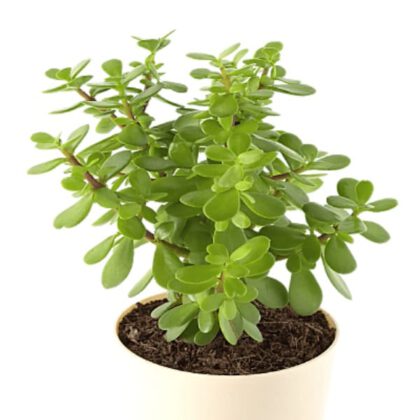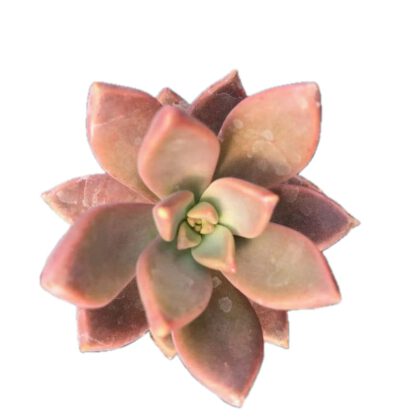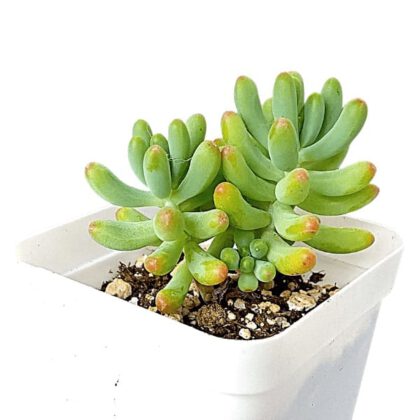Plant Care
- Light: English Ivy prefers bright, indirect light but can tolerate low light conditions. Avoid direct sunlight, as it may scorch the leaves.
- Watering: Keep the soil consistently moist but not waterlogged. Water when the top inch of soil feels dry to the touch.
- Soil: Plant in well-draining soil with good aeration. A mixture of potting soil, perlite, and peat moss works well.
- Temperature: English Ivy thrives in temperatures between 50°F to 70°F (10°C to 21°C). Protect it from extreme heat or cold drafts.
- Humidity: Maintain moderate to high humidity levels. Mist the leaves occasionally or place a humidity tray nearby.
- Fertilization: Feed monthly during the growing season (spring and summer) with a balanced liquid fertilizer diluted to half-strength.
- Container: Plant in a container with drainage holes to prevent waterlogging. Choose a sturdy pot to support the vine’s growth.
- Pruning: Regularly trim back overgrown stems to encourage bushier growth and remove any yellow or damaged leaves.
- Propagation: Propagate English Ivy from stem cuttings. Place cuttings in water until roots develop, then plant them in soil.
- Pests: Watch for common pests like spider mites, aphids, and mealybugs. Treat infestations promptly with insecticidal soap.
- Support: Provide a trellis, moss pole, or other support structure for the vine to climb and trail along.




